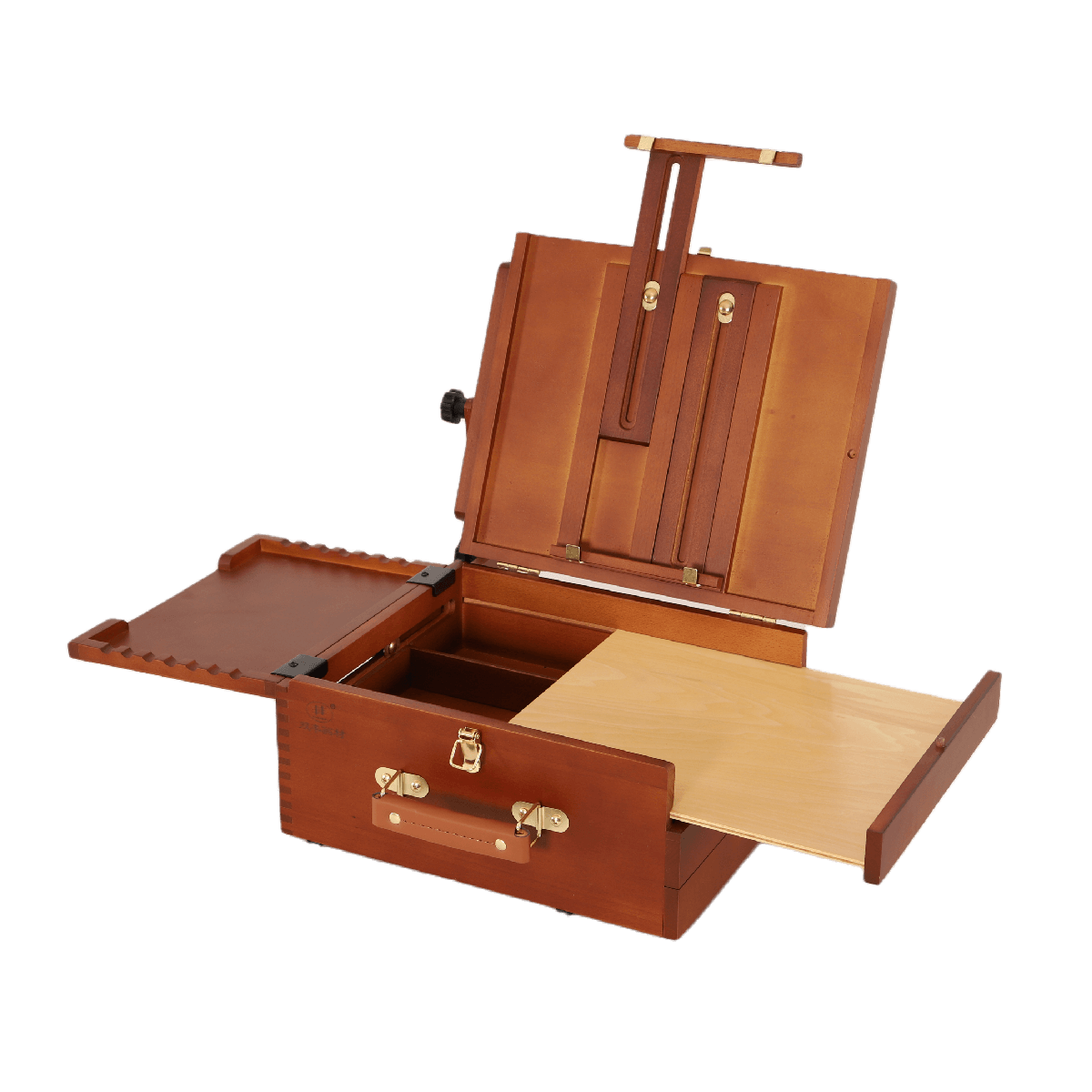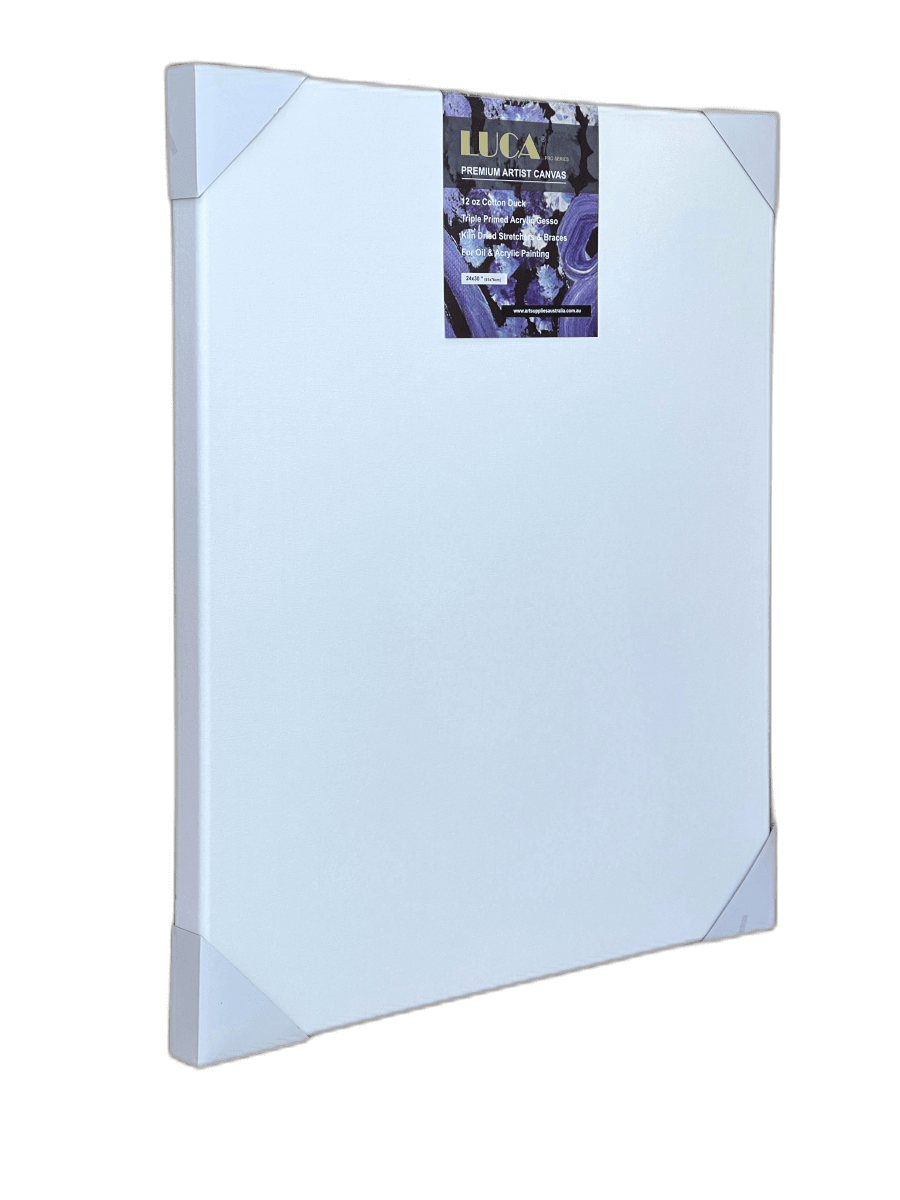Bodypaint is a lot of fun, but it can be frustrating when you go in the water, and your beautiful design starts to run. So it's essential to know how to make body paint waterproof so that you don't have this problem at when using it as one of your primary art supplies for festivals or art shows.
Can You Waterproof A Body Paint?
There are a few different ways to make body paint waterproof. The most common way is to use silicone-based paint designed for the purpose. Another option is to seal your painted skin first with a latex coating. This will create a barrier between the paint and your skin, keeping the water from coming through.
How Long Will It Last?
How long the paint lasts will depend on how well it is sealed and how often you get wet. If you use a suitable sealant and don't go in the water too often, the paint should last several hours. However, if you're going to be in the water a lot, it may only last for an hour or two.
Which Is Better?
The best way to make body paint waterproof is to use silicone-based paint. These paints are designed explicitly for this purpose and will last the longest. If you don't have access to silicone-based colour, latex sealant is your next best option.
Easy Ways to Keep Your Body Paint Waterproof
You can take several steps to ensure that what you paint on your skin stays on, even when it gets wet.
Find the Right Body Paint
Finding the right kind of body paint is one step toward ensuring your painted designs will survive being in the water. The best types are usually made of silicone, which tends to be more waterproof than acrylic paints. If you're not using silicone-based paint, you can increase the paint's water resistance by applying a latex sealant over it.
Don't Get in the Water
Another critical step is to avoid going into the water too soon after you've painted your skin. The paint needs time to dry completely, and if it gets wet before it's fully set, it will likely run. So wait at least an hour after painting before getting wet.
You can go in the water when the paint is still a little tacky to the touch, but of course, you don't want it to be uncomfortably sticky.
If your skin does get wet before it dries completely, wipes off the excess moisture and let it dry thoroughly before going back into the water. If some parts of the paint are still wet, it can make your design start to run.
Why You Should Use Waterproof Body Paint
There are plenty of reasons to go out into the world looking like you jumped right off of a comic book or movie screen, but having your body paint run on you while at the pool or the beach isn't one of them.
While there's usually not much point in worrying about whether or not your paint will survive a little water, using waterproof body paint is the way to go.
Take Note:
Doing a small patch test before putting your designs on is a good idea, as some people have allergies to certain kinds of paint. If you do find that the paint irritates your skin, it's easy enough to wash it off and try again with something else.
Overall, taking a few precautions when using body paint will ensure that you can enjoy your time in the sun and water without having to worry about your paint running or fading. Have a great time at the beach or pool - be sure to look your best!







